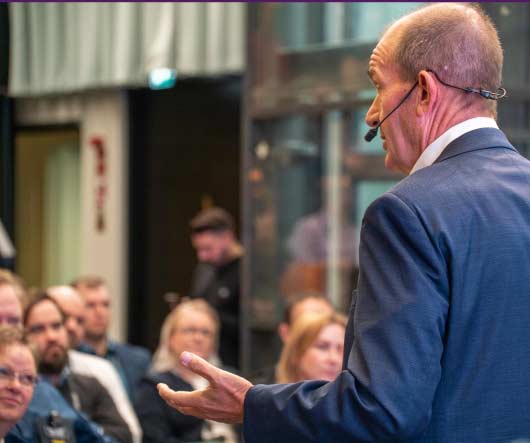
DU
Over the course of 21 months the du grew their post-subscriber base by 109%, increasing their market share by 10%. How have they achieved this? In this case study we will reveal the key elements of their customer experience transformation program.
INTRODUCTION
du is a telecommunications company offering mobile and fixed telephony, broadband connectivity and IPTV services to individuals, homes and businesses in UAE. They launched in February 2007 and by the end of 2009 they had reached 32% market share competing against a well-established competitor.
THE CHALLENGE
Acting quickly is essential in order to grow from 0% market share in 2007 to 32% market share at the end of 2009, serving almost 3.5m customers. In such cases some aspects are often overlooked depending on the company culture. In du’s case those were the aspects were related to the customer experience. The level of complaints and calls to the call centre created a long backlog and put pressure on the bottom line. Employee morale was amongst the lowest of all Gallup surveyed companies.
In addition, du realised that its initial success was driven by the price sensitive pre-paid customers (the lower end of the market). The opportunity for further growth lied in the high end (post-paid) customers, who travel a lot and pay for data and voice roaming. du realised they need to take their game to the next level and create a “wow” experience that will attract the wealthy Arabs.
STRATEGY AND SOLUTION
1. Assessment
Beyond Philosophy started by assessing the internal organisational culture and capacity to deliver a consistent customer experience using the Naïve to Natural model. The assessment found that the empowerment was low, relying more on the higher level management to take decisions. Since those people were busy with getting new products and services to the market, customer experience issues were not a priority on their agendas. That led to loads of customer complaints, which additionally lowered employee morale to an extent that they were ashamed to say they work for du and hided their badges when going for lunch. The sense of belonging was low and the sarcasm high.
The Customer Experience Transformation began by increasing the level of empowerment of middle managers, establishing the roles of customer touchpoint, journey stage and functional champions, while the customer experience as a whole became a central point in the agenda of the specially created Customer Experience Board, chaired by a Customer Experience Ombudsman. To improve the sense of belonging a Customer Experience Recognition scheme was initiated.
External assessment of the customer experience was also conducted using Beyond Philosophy’s Emotional Signature to investigate changes in which aspect of the customer experience will result in biggest bang for the buck for the company and its customers. Contrary to the common understanding that it is the quality of network and coverage that would lead to a higher customer satisfaction, likelihood to recommend and spend, the Emotional Signature research found that it was delivering on the promises, the feel of the relationship with the company and the image of a company setting trends that were driving the most value for the company.
2. Defining the Strategy
To develop the vision of the customer experience that the company will deliver Beyond Philosophy conducted a Customer Experience Statement workshop. Prior to that a common strategy did not exist and managers often had to revert to notes from the meetings and speeches of the CEO to make the case for CE initiatives. The Customer Experience Statement outlined that empathy, simplicity and speed would be the critical components of the new du experience designed to wow customers.
3. Implementation
Using Beyond Philosophy’s proprietary method for new experience design – Moment Mapping – a total of 244 ideas on how to improve the experience were collected. The Emotional Signature research and the Experience Economics analysis came in handy here to help calculate the potential impact of the ideas and prioritise them. Thus 95 ideas were selected and injected into the new version of the customer story. The customer story became a powerful tool within the organisation being shared around to portray the experience that the company wants to deliver, in training and in the day-to-day decision making process of managers to evaluate the impact of their decisions on the desired customer experience.
RESULTS
Post-paid subscriber base grew 109% between Q1 2010 and Q3 2011, while their share from the overall customer base grew from 4% to 7%. The overall mobile communications market share of the company increased from 32% in 2010 to 42% in 2011. The operating margin also improved 7% for the period.
REFERENCES
- 2009 Full Year Results Presentation (Investor Relations).
- Press Release: du Announces Third Quarter 2011 Results (Investor Relations).
- Press Release: du Announces Full Year 2010 Results (Investor Relations).
- Subhra Das, Senior Vice President, Marketing and Customer Experience, du – Best Practices for Building a Market-Leading Customer Experience.
Let’s talk…
…about how we can help you with your goals. Schedule a no-cost, no obligation consultation with us today.
Contact us now
